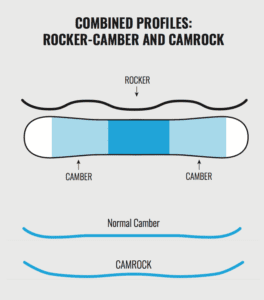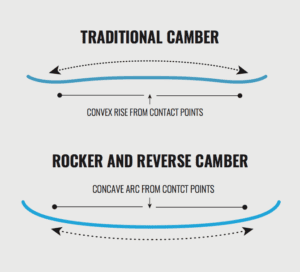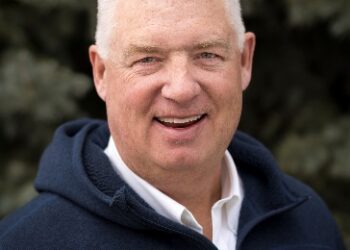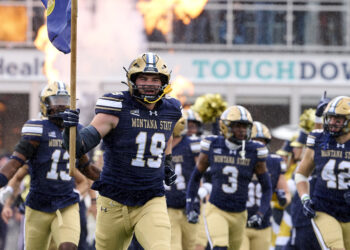By Danny Carden EBS Contributor
Choosing the ideal snowboard involves a lot more than finding the coolest top-sheet graphics. In 2018, you would have a hard time buying a new board—especially from a shop—that didn’t perform well on at least some basic levels.
However, finding the board that best complements your strengths and weaknesses as a rider is paramount to getting the most out of your mountain experience. We’re all different, and certain styles and skillsets carry with them certain proclivities—here I’ll describe which of the most common shapes and profiles most efficiently put those to use.
 Full camber – For many people, their first board had full, traditional camber, because there just weren’t as many options several years ago. It might be an old design, however, it’s anything but antiquated. A more experienced boarder who likes to ride fast and hard would be more appropriately placed on a full-camber board than a beginner would. Among its advantages are an increase in pressure on the contact points, providing more effective edge and, in turn, more edge hold. Another noticeable benefit is an increase in “pop” due to coming pre-tensioned, making it a popular choice among halfpipe and park lovers.
Full camber – For many people, their first board had full, traditional camber, because there just weren’t as many options several years ago. It might be an old design, however, it’s anything but antiquated. A more experienced boarder who likes to ride fast and hard would be more appropriately placed on a full-camber board than a beginner would. Among its advantages are an increase in pressure on the contact points, providing more effective edge and, in turn, more edge hold. Another noticeable benefit is an increase in “pop” due to coming pre-tensioned, making it a popular choice among halfpipe and park lovers.
The main drawback, in addition to incompatibility with powder, is that with the increase in effective edge comes a higher risk of actually catching an edge, which is why I wouldn’t typically recommend this design to a beginner. Simply put, camber equals power with a higher risk of a face plant that could ruin your day.

Full rocker or reverse camber – This is the complete inverse of full camber, but that doesn’t mean it’s a beginner board. Anyone can take advantage of the increased float and maneuverability that this profile offers, but its closer contact points are accompanied by less edge hold. However, the benefit that comes with it is less likelihood of catching an edge.
Anyone who plans on spending a lot of time in powder and wants to experience the closest thing to floating on a cloud would benefit greatly from a rockered board. If you like to hit rails, this board will also make your life much easier. If there’s one big knock on the full rocker, however, it’s that it is significantly slower than a cambered design. In short, you’re sacrificing speed and power for increased powder float and maneuverability.
Combined profiles: rocker-camber and camrock – One of the more common profiles you’ll see on the mountain now is the rocker-camber, which is a blended style of rocker between the bindings and camber underfoot. This allows the rider to get the float offered by rocker without having to sacrifice too much effective edge. There are many variations of this profile; some are more parabolic and flat, which produces a more forgiving and “surfy” feel—ideal for beginners—and some are more aggressive for those looking for a faster, “poppy” ride.
For each person, the right variation of this blend augments their strong suits and creates a more enjoyable ride. Many boards advertised as a “one-board quiver” are rocker-camber, as their “best of both worlds” approach is very versatile.
The other side of the blended-profile coin is the camrock, which is essentially the exact opposite of rocker-camber. Camrock boards are cambered between the bindings, extending to the nose and tail, but stop short to allow rise in both, similar to many skis. This type of board is for the person who likes to ride hard and fast, but doesn’t want to be miserable on a powder day, with the rise in the nose and tail allowing for easier glide through deeper snow.
The blended styles, while offering versatility, don’t provide the complete benefits of a full rocker or camber, and anyone looking for a new board should choose accordingly. There are many more variables one must factor into their decision making—such as taper, board shape, flexibility and dampening—but the profile details are the most important considerations when beginning to shop for a new snowboard.
Danny Carden is a sales assoicate at Big Sky’s Gallatin Alpine Sports and has been snowboarding since 2001, when he cut his teeth in the Swiss Alps.













